Esztergom is one of Hungary’s oldest and most important cities, known for its history, culture, and role in the country’s past. It was once the capital of Hungary and is still a major religious centre. The city sits on the Danube River, right next to Slovakia, making it an interesting place to visit. The photos of the city often show its grand basilica, castle, and bridges. Travellers come here to explore its museums, churches, and natural parks. Whether walking along the river or visiting historic sites, this city glimpses rich heritage.
Location

Photo: Villy / Wikimedia Commons
It is situated in northern Hungary, about 46 km (29 miles) from Budapest. It lies along the Danube River, directly opposite the Slovakian town of Štúrovo. The city is an important religious and historical centre, home to the country’s largest church, the Esztergom Basilica. Its proximity to Budapest makes it a great day-trip destination.
How To Reach

Photo: Jorge Franganillo / Wikimedia Commons
By Air: The nearest international airport to the city is Budapest Ferenc Liszt International Airport (BUD), which is about 70 km away. From the airport, you can take a taxi, rent a car, or use public transport to reach Esztergom.
By Bus: Regular buses operate from Budapest’s Árpád Bridge Bus Station to the city. The journey takes around 1.5 hours. Bus tickets are affordable and can be purchased online or at the station.
By Rail: There are direct trains from Budapest-Nyugati Railway Station to the city. The train journey takes approximately 1 hour and 20 minutes, making it a convenient and comfortable option for travellers.
Places To Visit In And Around Esztergom
Esztergom has several historical and cultural landmarks that showcase its rich past and connection to Hungary’s heritage.
1. Esztergom Basilica

Photo: Pudelek / Wikimedia Commons
Esztergom Basilica is the biggest church in Hungary and an important religious site. The church was built in the 19th century on the spot where an older medieval church once stood. Inside, you can see one of the world’s largest altarpieces, painted by Michelangelo Grigoletti. The crypt holds the tombs of important Hungarian bishops and cardinals. Visitors can climb to the dome, which gives a full view of the Danube and the nearby Slovak town of Štúrovo. Outside, you can walk along the terrace and take pictures of the river and the city.
Timings: 9 AM – 5 PM (Monday to Saturday), 1 PM – 5 PM (Sunday)
Entry Fees: 2,000 HUF / ₹470
Ideal Trip Duration: 1 – 2 hours
2. Castle Museum (Esztergom Castle)
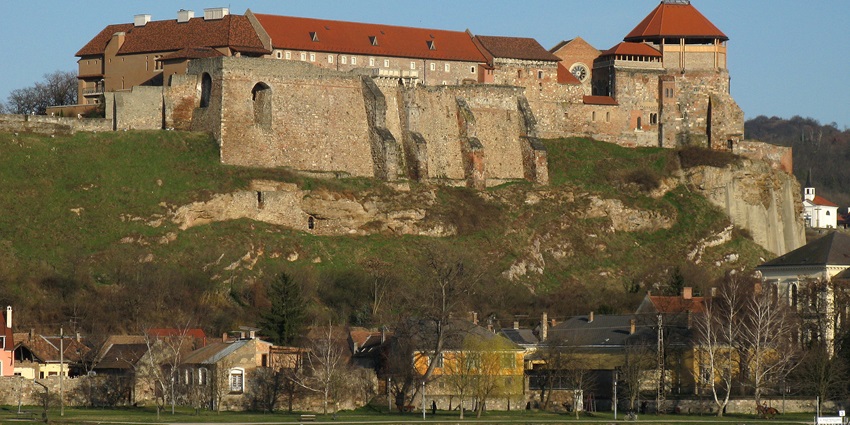
Photo: Batomi / Wikimedia Commons
The castle was once the home of Hungarian kings and an important defence structure. It dates back to the 10th century when Prince Géza made it his royal seat. Later, King Béla III turned it into a grand palace with Romanesque-style buildings. The castle was attacked many times, and today, only ruins remain. The Castle Museum inside has medieval artefacts, stone carvings, and paintings showing how people lived in the past. The museum has a tower where you can see the city from a high point.
Timings: 10 AM – 6 PM (Tuesday to Sunday)
Entry Fees: 1,500 HUF / ₹350
Ideal Trip Duration: 1.5 hours
3. Maria Valeria Bridge
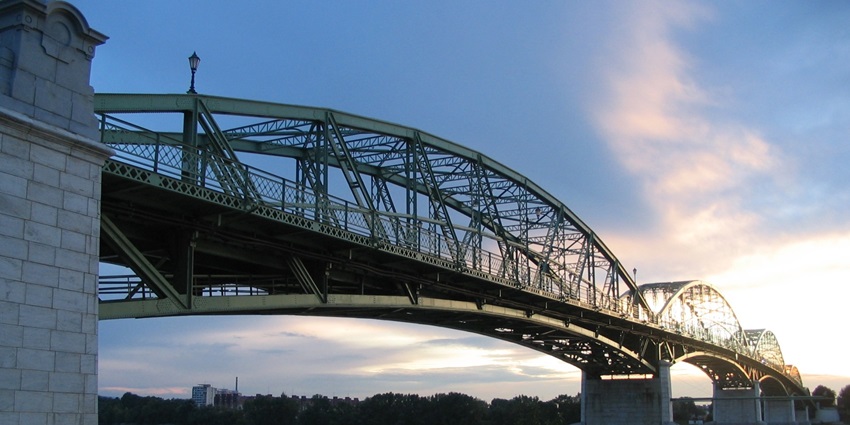
Photo: Piotr Tysarczyk / Wikimedia Commons
Maria Valeria Bridge connects the city with the Slovak town of Štúrovo. The bridge was built in 1895 but was destroyed during World War II. For many years, it remained broken, and people had to use boats to cross the river. It was finally rebuilt in 2001, bringing people from both countries closer together. The bridge is a common crossing point for locals and tourists. Many people walk or cycle across it to enjoy the view of the Danube. Street musicians sometimes play here, and artists sell paintings and the river.
Timings: 24*7
Entry Fees: N/A
Ideal Trip Duration: 30 minutes – 1 hour
4. Christian Museum
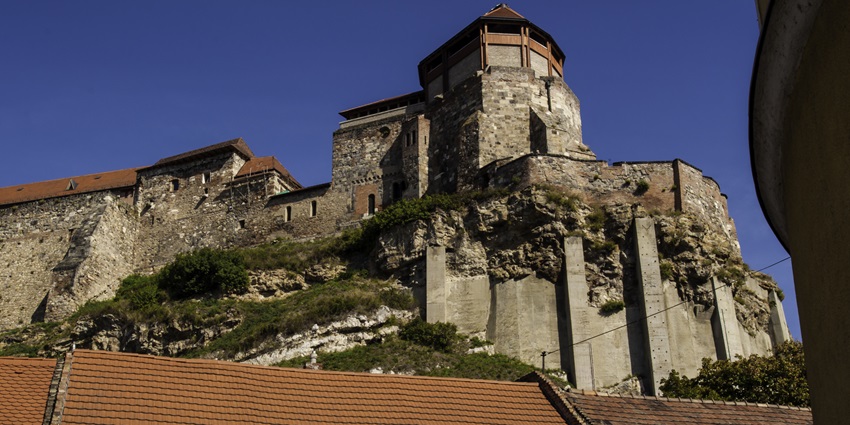
Photo: Krischneider Péter / Wikimedia Commons
The Christian Museum has many religious paintings, sculptures, and goldsmith works. Many artworks in the Middle Ages show biblical stories and saints. The museum’s most famous piece is the Calvary Altarpiece, a Gothic-style painting from the 15th century. There are also old books, manuscripts, and carved ivory pieces used in churches long ago. Visitors can see how religious art has changed and learn about Catholic traditions. The museum is inside the Primate’s Palace, a historic building once the residence of church leaders.
Timings: 10 AM – 5 PM (Tuesday to Sunday)
Entry Fees: 1,800 HUF / ₹420
Ideal Trip Duration: 1 – 1.5 hours
5. Duna-Ipoly National Park
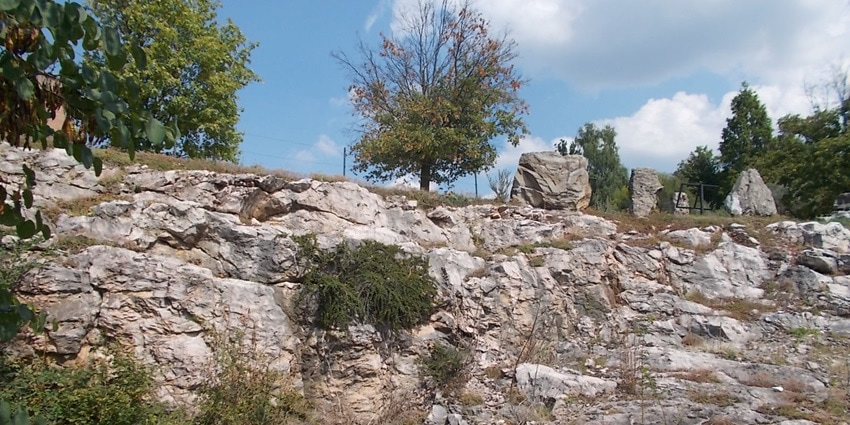
Photo: Globetrotter19 / Wikimedia Commons
Duna-Ipoly National Park covers forests, rivers, and hills. It is home to many animals, including deer, wild boars, and rare birds. The park is good for outdoor activities like hiking, birdwatching, and cycling. One popular hiking route leads to the Pilis Hills, where visitors can see ancient caves and rock formations. The park also has educational trails explaining the plants and animals. Fishermen often visit the rivers and lakes to catch fish, while families enjoy picnics in the open fields. Guided tours teach visitors about the history and geology of the region.
Timings: 24*7
Entry Fees: N/A
Ideal Trip Duration: 2 – 3 hours
Where To Stay

Photo: ManuelaJaeger / Pixabay / Image For Representation Only
There are several accommodation options, ranging from budget hotels to luxury stays. Hotel Bellevue offers comfortable rooms with Danube views, while Hotel Adalbert provides an affordable stay close to the basilica. For a more homely experience, consider booking a local guesthouse or Airbnb. Most hotels are within walking distance of the main attractions.
Where To Eat
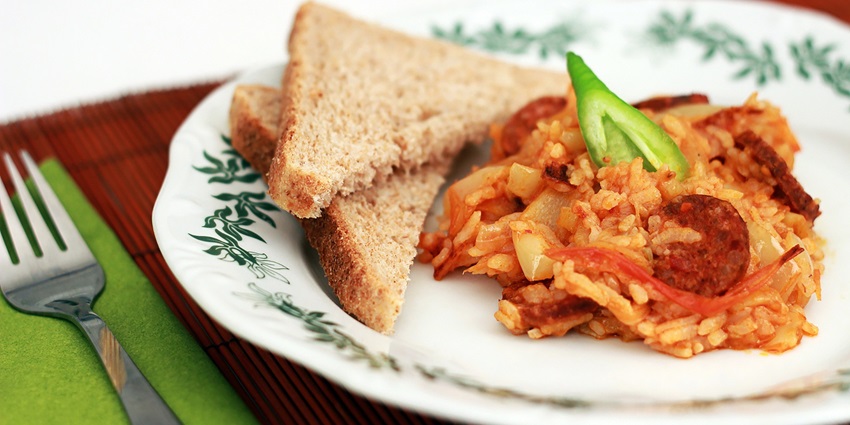
Photo: summerstock / Pixabay / Image For Representation Only
There are many great restaurants offering Hungarian and international cuisine. Csülök Csárda is known for its traditional Hungarian dishes, while Mediterraneo Restaurant serves delicious Italian food. For a quick bite, try the cafes along the Danube promenade. Most eateries offer a mix of local and European dishes at reasonable prices.
Best Time To Visit
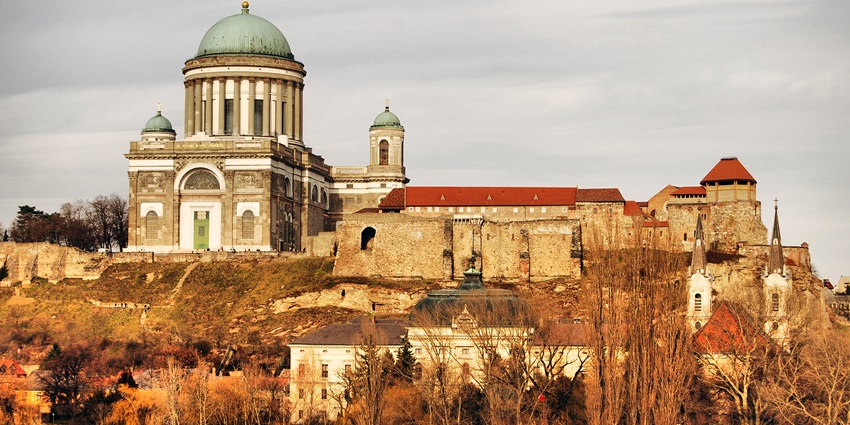
Photo: Sprok Bence / Wikimedia Commons
The best time to visit the city is from April to October. The weather is pleasant during these months, making it ideal for sightseeing and outdoor activities. Summer (June to August) is the peak tourist season, while spring and autumn offer fewer crowds and comfortable temperatures. Winter can be cold, but the city looks beautiful with festive decorations.
Other Factors To Consider

Photo: That’s Her Business / Unsplash / Image For Representation Only
Average Cost Of The Trip
The average cost of the trip to Esztergom can be affordable or expensive, depending on how you travel. If you want to save money, you can spend around ₹4,700 per day, which covers a simple place to stay, food, and transport. A comfortable trip with better hotels and meals costs about ₹8,200 per day. If you want a luxury trip with top hotels and fine dining, it can cost up to ₹14,000 per day. The total cost depends on how you like to travel and what you choose to spend on. Planning your budget well will help you enjoy your trip without overspending.
Tips For Travellers
- Carry Hungarian Forints (HUF), as some places do not accept Euros.
- Wear comfortable shoes, as many attractions involve walking.
- Public transport is affordable, but renting a bike is a great way to explore the city.
- Many museums and attractions are closed on Mondays.
- Try local Hungarian dishes such as goulash and lángos.
- If visiting in winter, carry warm clothing as temperatures drop significantly.
Esztergom is a city with a deep historical past, unique architecture, and a strong cultural identity. From the famous basilica to the castle ruins and bridges, it offers plenty to explore. The trip cost to the city depends on travel choices, but it remains an affordable destination. Plan a trip with TripXL and experience the history and charm of this Hungarian city.
Cover Photo: György Tóth / Pexels


 WhatsApp
WhatsApp
 Twitter
Twitter









